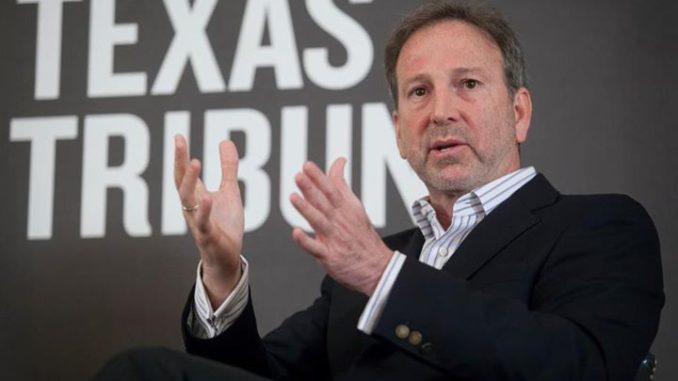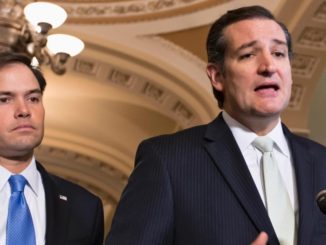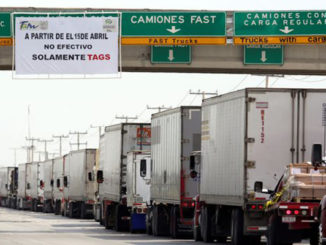
by Antonio Garza and James Jones
Immigration reform discussions are often based on the premise that immigrants desperately want to come to the U.S. and will do whatever it takes to migrate. But this is, increasingly, an incomplete and even dated picture.
When it comes to Mexico, a place we know well as U.S. Ambassadors to Mexico for 11 of the last 20 years—one of us in a Republican administration and the other in a Democrat one—the incentives for its population to move north are fading. Mexico is on the rise, and only sensible immigration reform will allow the U.S. to continue to attract and retain the workers our economy needs to grow, many of which, if we’re smart about it, will come from our southern neighbor. This changing dynamic puts added pressure on the House of Representatives to act and to do so in a comprehensive way.
Immigrant workers will be increasingly critical for maintaining our global economic position as our labor force sees a growing exodus of baby boomers on their way to retirement. Demographics are not on our side. By 2030, 76 million baby boomers will have retired with only 46 million U.S.-born workers entering the labor force.
We must focus on educating and training Americans to fill jobs in sectors such as health care that will continue to grow as our population ages and that are already facing labor shortages. But until that happens, immigrants, especially in the short term, are vital for filling labor force gaps. In health care alone, immigrants, although 13 percent of the U.S. population, make up 28 percent of the in-home health care workforce.
At the same time, we need immigrant workers for sustaining the federal retirement system that so many Americans depend on. A May analysis by the Social Security Administration finds that passage of the Senate bill would mean 6.5 million more tax-paying workers over the next decade and a $300 billion windfall in net revenue to Medicare and Social Security.
Now, the role of Mexico. Approximately 30 percent of the 40 million immigrants in the U.S. today are from our southern neighbor—and these Mexican workers will be critical for our future. But Mexico is rapidly changing, putting more pressure on the U.S. to create a comprehensive, sensible migratory framework so that we can allow for a secure and demand-driven labor flow. Without reform, the rapid change in “push” factors in Mexico means that we may not have the workers we need for the future.
Consider this. First, the Mexican economy is strong. At a projected 3.1 percent annual growth rate, the Mexico is poised to yet again grow faster than the United States in 2013. The World Bank reports that 17 percent of the population joined the middle class in the last decade. Demographics also have shifted in Mexico. The average Mexican woman now has about two children—down from seven children per woman in the 1960s. A more middle-class country translates into a better educated population with less of a need to pack up and fewer people to actually move to the U.S. in search of better opportunities.
At the same time, in less than seven months, the reforms already passed under President Enrique Peña Nieto—including education, competition and labor—show the political will for addressing long-standing barriers to further development. Next up: energy reform that could unlock billions of dollars in foreign investment and ensure that North America is the global energy powerhouse.
We must also remember that Mexico is our second-largest export market, with more than $1.3 billion per day in total trade. The U.S. exports more to Mexico than to all of the BRICs (Brazil, Russia, India and China) combined.
Congress should recognize that we are talking about the present, not just the future. Today, net migration from Mexico to the United States is at zero. In fact, a 2013 Gallup poll reports that in December 2012 only 11 percent of Mexicans said they would consider emigrating from the country—the same percentage of Americans who said they would consider leaving the United States.
The debate over immigration reform is likely to become even more divisive in the months ahead. But we must not lose focus on why the U.S. needs immigrants. This includes an immigration system that responds to present-day realities and an achievable pathway to citizenship for those without documentation. Not only will this translate into a direct domestic boom but it will also allow for making sure we have the workers we need for the future. Our economy depends on it.



